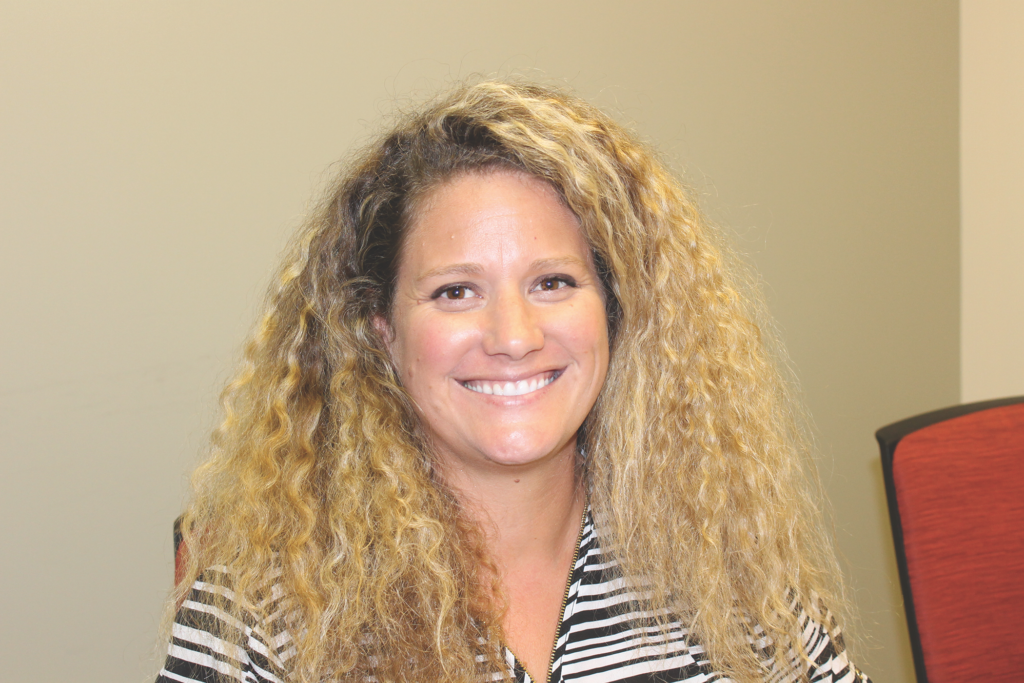August 5/12, 2019: Volume 35, Issue 4
By Lauren Picard
(Editor’s note: This is the first of two parts.)
 We have all been there. You show up to a job, ready to perform a quick walk-through with the general contractor or property owner when you realize you’re standing on a dirty, neglected concrete floor that desperately needs your help. Now what?
We have all been there. You show up to a job, ready to perform a quick walk-through with the general contractor or property owner when you realize you’re standing on a dirty, neglected concrete floor that desperately needs your help. Now what?
How you handle the concrete at this stage will directly affect the finished floor. Oftentimes, surface preparation is subbed out to a contractor that specializes in this type of work. But, what if you didn’t have to sub out this work? You could turn this job into a profitable opportunity for your team and business. There are a couple of things that should always be considered on a jobsite when dealing with a concrete subfloor: concrete hardness, moisture emissions and the desired concrete surface profile.
The very first step when performing a jobsite walk-through is to test your concrete slab for its hardness and moisture readings. Concrete hardness should be tested before a job starts to ensure you have the correct tooling to get your job done effectively. The most common test to perform during your walk-through is called the “Mohs Hardness Test.” It’s a scratch test kit with eight points to help determine the strength of your substrate and help you choose the correct abrasive for the job.
It’s also important to consider moisture readings before beginning a job to prevent future flooring failures caused by moisture in an existing slab. A relative humidity (RH) test will measure moisture readings below the surface for the most accurate readings deep in a slab. Another popular way to evaluate moisture is the calcium chloride test, which is used to test vapor emissions rates (MVER) coming through the surface of the slab. Hardness and moisture test results are critical to successfully winning bids and understanding the condition of a floor.
Once your tests are complete and your tools chosen, you’re ready to prep your concrete slab. One of the most underrated steps to installing a floor system is achieving the correct surface profile or “CSP” (the current condition of the concrete substrate, including its texture and roughness) for the job at hand. Note: When you profile a concrete sur- face, you are removing impurities from that surface to achieve a cleaner floor. There are multiple ways to profile a concrete floor—the most popular method being shot blasting. Often specified in bids as a CSP 3, the shot blaster offers the cleanest profile of all tooling options and does a wide range of profile finishes by adjusting the shot size. Another option for profiling concrete surfaces is diamond grinding. The planetary grinder is a great multi-use tool with the ability to remove mastic, prep concrete and polish a concrete floor. These grinders come with a wide variety of tooling options ranging from extremely aggressive abrasives meant to cut through the cap of a slab to incredibly fine resins for refining and finishing a polished floor.
Both surface prep options come in various sizes. Smaller equipment is best suited for residential and small commercial use due to the weight of the units and the limited electrical availability on these jobs. Larger units offer higher production rates for commercial and industrial jobs where heavier units and more power are required.
In the next installment, I will discuss the steps required to fully polish a concrete floor and provide various options to consider for your newly prepped surface.
 Lauren Picard is national concrete outbound sales manager for Jon Don, which manufactures concrete shavers, scarifiers, shotblasters and grinders. She has nearly 10 years’ experience working alongside contractors and distributors implementing proper profiling and floor leveling throughout the industry.
Lauren Picard is national concrete outbound sales manager for Jon Don, which manufactures concrete shavers, scarifiers, shotblasters and grinders. She has nearly 10 years’ experience working alongside contractors and distributors implementing proper profiling and floor leveling throughout the industry.

